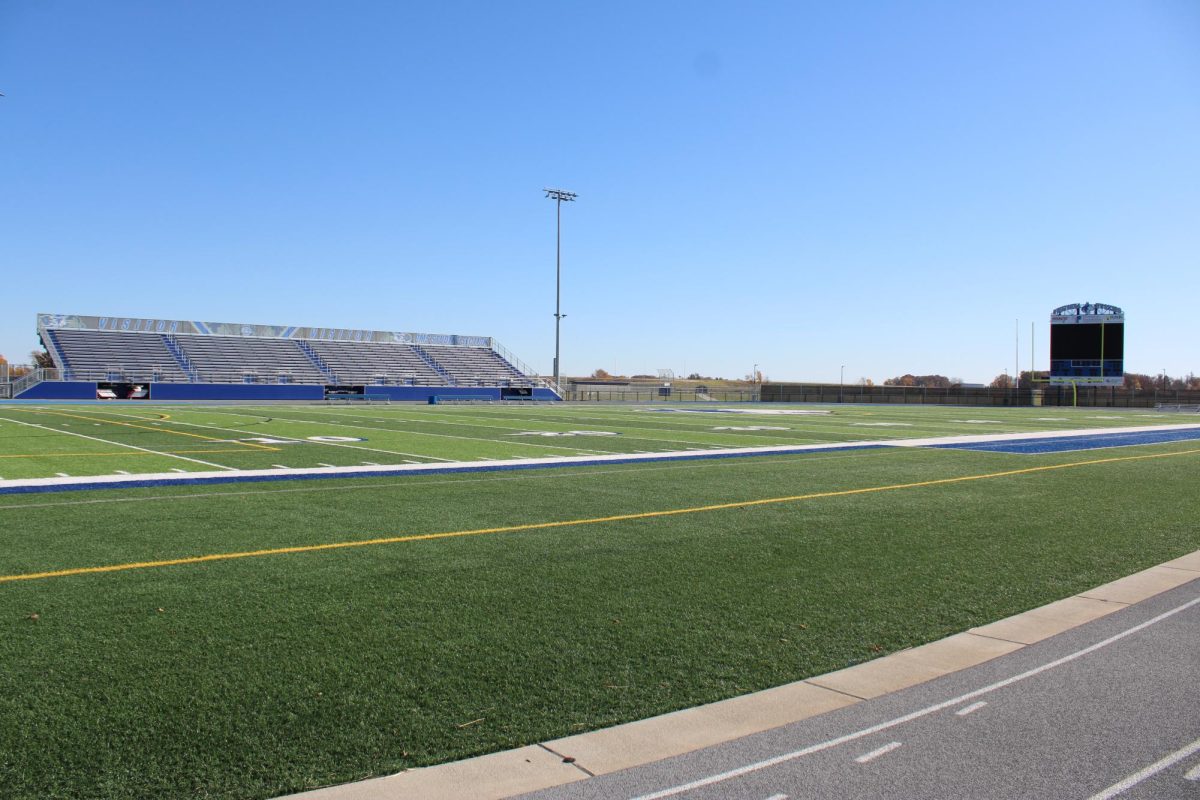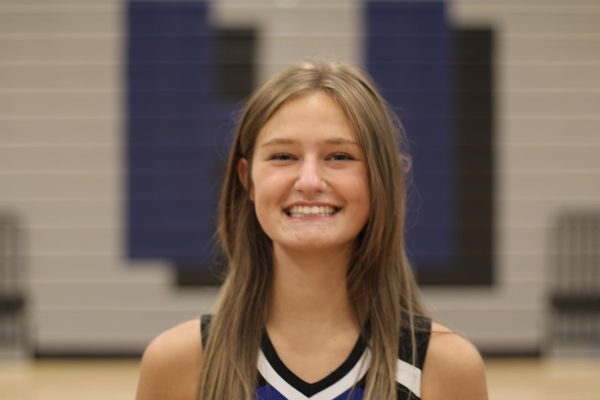The Owatonna High School has undergone multiple changes from the old building. A prominent change is installing turf instead of having grass fields. Turf can be expensive but is cheaper to maintain compared to grass fields which require much upkeep. Handling the OHS sports fields is essential for enhancing the arts of athletics.
One benefit of a turf field is that teams can play on it in any kind of weather. Owatonna Varsity Football Coach Marc Achterkirch said, “Turf is beneficial because with the softball stadium you can get rain, snow and you can still play on it, so the benefits there are good.” Turf allows teams to play even in bad weather so that games are not canceled or postponed. This helps the sports seasons stay consistent.
There are other advantages to turf besides being able to play on it in any weather, however, it can be expensive to install. In the long run, turf requires less work needed to sustain. On the other hand, turf is more likely to cause injuries to players on the field due to the lesser ‘give.’ This can cause the player’s feet, ankles and knees to absorb the force of the impact, and injuries can occur more easily.
Achterkirch said, “There are situations that turf won’t give like natural grass and end up with a noncontact injury, but I also see that happening on grass with uneven ground.”
One positive aspect of grass is that it has a cooler surface than turf, and having hot turf during warm weather can lead to heat injuries. However, grass can become loose, which could be inconsistent for the players.
Junior Max Flemke said, “I prefer grass because it feels better to run on and your feet don’t get caught and you don’t trip as much.”
When constructing the new high school, a decision was made to install a thicker mat that was rougher than usual. Although the new edition of turf is different from years past, OHS athletics have adapted to the artificial grass.


